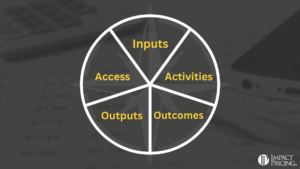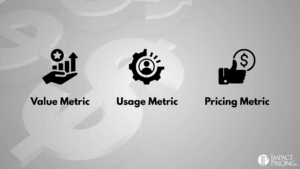It seems like every day I find another reason to love subscriptions. While listening to some people from Survey Monkey talk about their pricing and packaging, it hit me. Subscription companies make better products.
There are three reasons, all interrelated.
First, they have to focus on the users. If they don’t, users won’t like or use their products and will stop subscribing (churn out). That is a lost future revenue stream. Subscription companies use customer success departments to make sure their users get value from their products.
Contrast that to more traditional businesses where they were happy to make the sale. Once the buyer paid them money, they moved on to the next sale. They didn’t really care if you used it or not. Does your car dealer care if you drive your car? Does your refrigerator manufacturer care how you use their product? You get the idea.
Second, because subscription companies often watch customer usage data and listen to their users, they build new features and capabilities that solve real customer problems. They also get feedback on their new features quickly. This quick feedback enables them to tweak their product definition process so they focus on the most valuable features. They see quickly when new features aren’t even being used.
A traditional company, on the other hand, often waits years before launching the next version of their product. Only the most disciplined product teams get enough market feedback in the development process to increase the probability of success. Instead, many companies rely on their “expertise” and “common sense” to make inside-out decisions. How often do we see new products that really don’t live up to our expectations?
Third, the best subscription companies focus on more narrow market segments over time. They typically start out with a single product targeted at a broad market. As they learn more about their users and how much each user uses each feature and values their overall product, they begin to create versions of their product targeted at more specific segments. If you are in one of these segments they are practically creating a product specifically for your needs. My favorite example company in subscription pricing is LinkedIn. They have versions of their product for job seekers, salespeople, recruiters, and the catch-all category professionals.
Traditional companies don’t do this as much, partly because they don’t have the data. Sure they build versions of their products, but they don’t seem to focus on market segments.
The ability for subscription businesses to gather tons of usage data and their desperate need to keep subscribers from churning out is a powerful combination that practically forces them to build better products.














